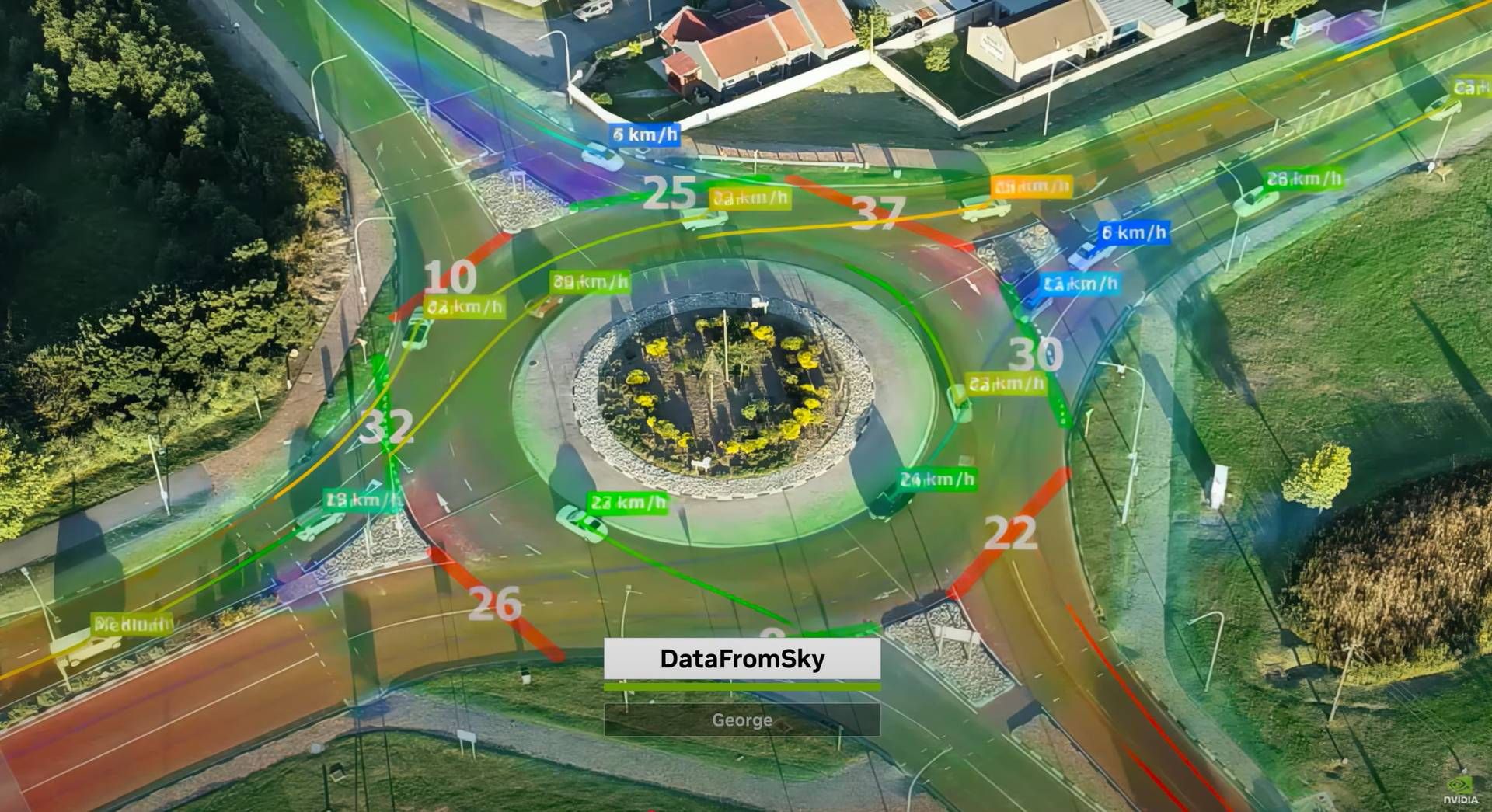NVIDIA and the Cities of the Future: A "Digital Twin" to Revolutionize Urban Planning

By 2050, the world's urban population is expected to grow by 2.5 billion people, bringing the total to nearly 70%. This alarming figure, reported by authoritative sources such as the United Nations Department of Economic and Social Affairs (UNDESA) and the World Bank, underscores the urgent need for more sustainable urban planning and optimized public services to cope with unprecedented growth, concentrated primarily in Asia and Africa . This growth poses unprecedented challenges for sustainable planning and efficient public services. To address this complexity, cities around the world are turning their attention to two revolutionary technologies: digital twins and artificial intelligence (AI) .
Here's the video
To make building and testing these solutions less complex and resource-intensive, NVIDIA announced the new " NVIDIA Omniverse Blueprint for smart city AI ." This is a reference framework that integrates the NVIDIA Omniverse, Cosmos, NeMo, and Metropolis platforms to bring the benefits of physical AI to cities and their critical infrastructure . This tool enables developers and partners to build photorealistic, "SimReady" (simulation-ready) digital twins to test and optimize the operation of urban services .
NVIDIA's "Blueprint" is a complete system, a true "construction kit" for developers, designed to accelerate the development and testing of AI agents . Each component of the platform has a specific and indispensable function: NVIDIA Omniverse is used to create digital twins of cities, incredibly precise virtual models that can be used to run complex simulations.
In support, NVIDIA Cosmos is responsible for generating a massive amount of synthetic data, a critical fuel for efficiently training AI models. NVIDIA NeMo is used to ensure the quality of this data and refine the Vision Language Models (VLMs) and Large Scale Models (LLMs).
Finally, NVIDIA Metropolis comes into play to build and deploy AI video analytics agents, based on the "NVIDIA AI Blueprint for video search and summarization (VSS)," capable of processing massive amounts of video data to optimize processes and make operational decisions. The workflow consists of three key steps: creating the digital twin, training the AI models, and finally, real-time deployment of the intelligent agents to analyze sensor and camera data . Leading global companies such as XXII, Akila, Bentley, Cesium, and Trimble are already among the first to use the new framework.

The value of the "Blueprint" is reflected in real-world projects that demonstrate the technology's potential. In France and Monaco, the company that manages a network of 3,000 train stations has implemented a digital twin with AI agents for operational monitoring and emergency response simulation . Thanks to solutions from partners like Akila and XXII, implementation at the Monaco-Monte-Carlo and Marseille stations has led to a series of impressive results: a 100% preventive maintenance completion rate, a 50% reduction in downtime and response times, and a 20% reduction in energy consumption.
Palermo and Genoa: Artificial Intelligence at the Service of Italian Cities
Italy is also at the forefront of this revolution. The city of Palermo, in collaboration with its partner K2K, is using AI agents and digital twins to improve public safety by analyzing video data from over 1,000 public cameras in real time. K2K agents, built with the "NVIDIA AI Blueprint for VSS," can interpret and act on video data to provide real-time alerts on relevant events and simulate traffic conditions to predict and resolve incidents .

Meanwhile, in Genoa, the "Hafnia Project," a Milestone Systems initiative in collaboration with NVIDIA and other European cities , is building a platform for developing AI models that ensures video data anonymization and compliance with European regulations. The project includes one of the world's first VLM models for intelligent transportation systems.
The "Blueprint" application extends to every corner of the world. In Kaohsiung, Taiwan, Linker Vision used the platform to analyze 50,000 video streams in real time, reducing incident response times by up to 80%. Companies such as Bentley Systems, Trimble, and Younite AI are integrating the framework's components to extend its use from mapping to urban planning, demonstrating how the future of cities increasingly depends on a unified and intelligent digital infrastructure .
Adnkronos International (AKI)





